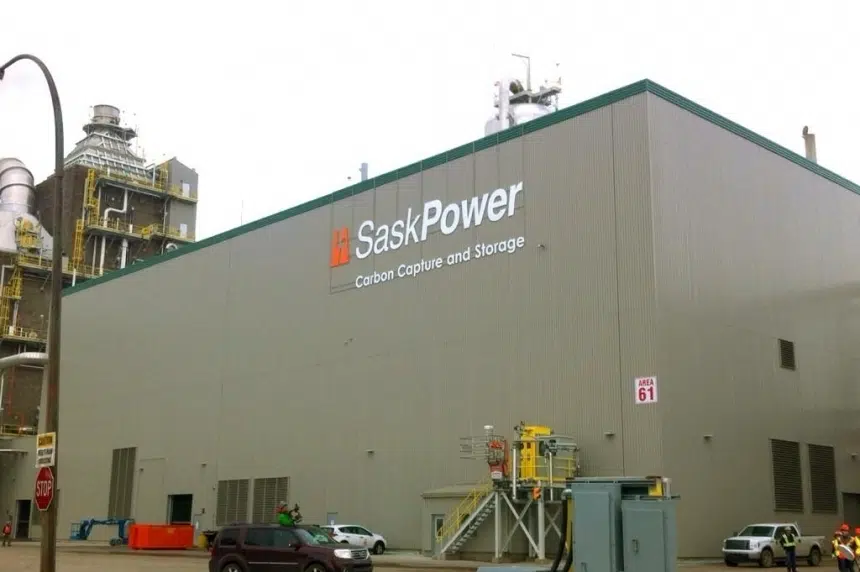The Saskatchewan government can keep using coal-generated power plants, for now.
But it will have to reduce its reliance on coal and meet emissions targets through an increase in renewable energy.
That is part of an agreement in principle that has been reached with Ottawa, who recently announced a phase-out of coal by 2030.
Environment Minister Scott Moe believes the federal government is listening to the individual needs of the provinces.
“Saskatchewan has been a leader in actual emissions reductions reducing emissions, there is much more to do and we will continue to do so,” Moe said Monday.
News of the equivalency agreement is a sigh of relief for SaskPower President Mike Marsh who has the unenviable task of figuring out how to still use coal while at the same time reducing emissions.
“The equivalency doesn’t mean you got to operate the coal fleet the same way we have operated in the past, the equivalency means we get to operate the entire fleet, coal, natural gas, wind, solar and hydro but we have to meet equivalency reductions,” Marsh explained.
“When a coal unit is due for retirement, they have to either be retired or cleaned up to that new standard of 420 tonnes per gigawatt/hour. We still have to meet that so the pressure is on to reduce emissions and we are going to do that.”
That means SaskPower will have to balance renewables like solar and wind with a cleaner approach to coal. But it isn’t clear whether carbon capture and storage will be placed on all seven existing power plants in use, or whether it will just remain on Boundary Dam 3 in Estevan.
So long as targets are reached, coal-plants can remain in use in Saskatchewan beyond 2030.







